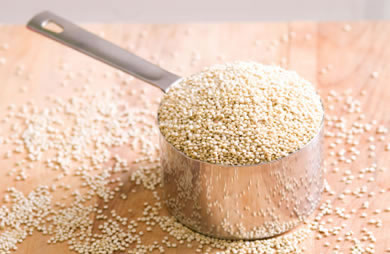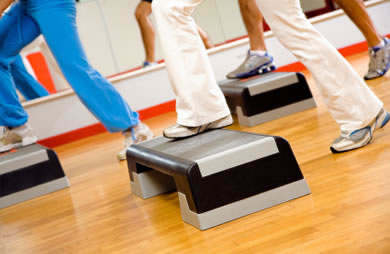|
Looking for some fast fuel before or after your exercise, or a quick and easy treat that’s more nutritious than a candy bar or a 100-calorie pack of cookies? If so, energy bars may be a practical option for you. They’re convenient, easy to carry around, about the right size for a snack or even a meal replacement, and can be a good source of many nutrients. But these days there are so many options to choose from, with such a wide range of nutritional quality, that it can be pretty confusing to pick one that’s right for you. And the marketing claims made by many of these items don’t make it any easier to tell the good ones from the candy bars with a few added vitamins. All calories provide “energy,” so literally anything can be called an “energy bar.” What kind of bar you should choose depends a lot on what you want it to do for you. Here’s a handy way of putting energy bars into functional categories according to your specific needs, along with some nutrition info you can use to compare different brands… First of all, let’s take just a moment to remind ourselves about the big picture here, which is that there’s really no such thing as an energy bar or meal replacement that’s as good for you as a real meal made with good, old-fashioned whole foods. The best time to consider an energy bar is when, for one reason or another, a real meal isn’t likely to happen, and you don’t want to go without eating something. There are way too many different energy bars and brands on the market to look at them individually. But I think that, for most people, there are three functional categories all these bars can be sorted into, and each category has some “ideal” characteristics you can look for when selecting your own energy bar. 1. Bars for fueling up before exercise, or refueling afterwards. Ideal Calorie Range:150-300 Fat Content: Low (less than 3 grams) Fiber Content: Low (less than 2 grams) Protein Content: Medium for cardio exercise (20-30% of total calories) High for strength exercise (25-50% of total calories) Carb Content: High for cardio exercise (40-65% of total calories) Medium for strength training (35-60% of total calories) Sugar Content: Your preference (sugar consumed before or after exercise will be used as fuel or to replace glycogen; low risk of fat storage) Rationale: This snack/meal should be low in fat and fiber to speed digestion, and high in carbs and protein to provide fuel and the raw materials for muscle repair. 2. Meal Replacement Bars. Ideal Calorie Range: 250-450 Calories Fat Content: Up to 15 grams (5 grams saturated) Fiber Content: High (over 5-7 grams) Protein Content:15-35% of total calories Carb Content: 40-65% of total calories Sugar Content: Low (less than 6-12 grams) Rationale: Since this is one of your regular meals, it should be as consistent as possible with your overall nutrition goals. You can juggle carb/fat/protein content to make your overall daily ratios come out right. Look for bars made with whole grains, natural sugars, and healthy fats. 3. Healthy Snack Bars. Ideal Calorie Range: 100-250 calories Fat Content: Moderate (up to 10 grams, 0 trans fat) Fiber Content: High ( the more the better) Protein Content: 8-20 grams Carb Content: 10-35 grams Sugar Content: No or very low refined sugar; natural sugars OK Rationale: Fiber, fat and protein are more filling; refined sugar increases appetite. Also look for vitamins, minerals, and other nutrients you're not getting enough of from regular meals. Here's a comparison chart with general nutrition info on many popular energy bars, and another one with info on some of the healthier but lesser known bars you're most likely to find in health food stores. My personal favorites in each category: Exercise fuel: PowerBar Performance (Chocolate Peanut Butter, of course). Meal Replacement: Solid Protein by Nature's Best & Bear Valley bars Healthy Snack: Larabar (almost any flavor) What are your favorites? |
Related Entries
More From SparkPeople
|












.png)










